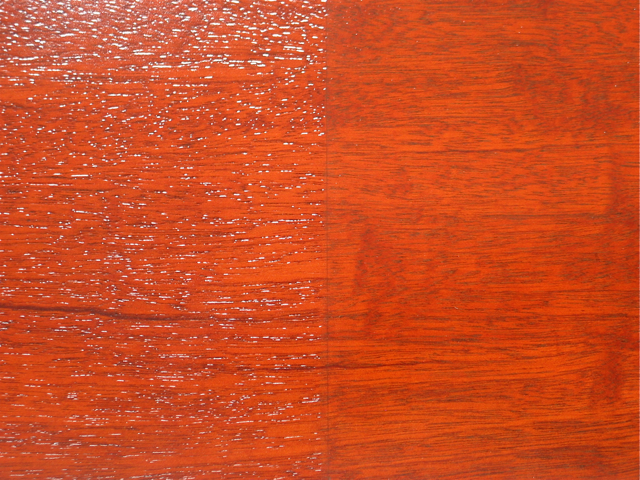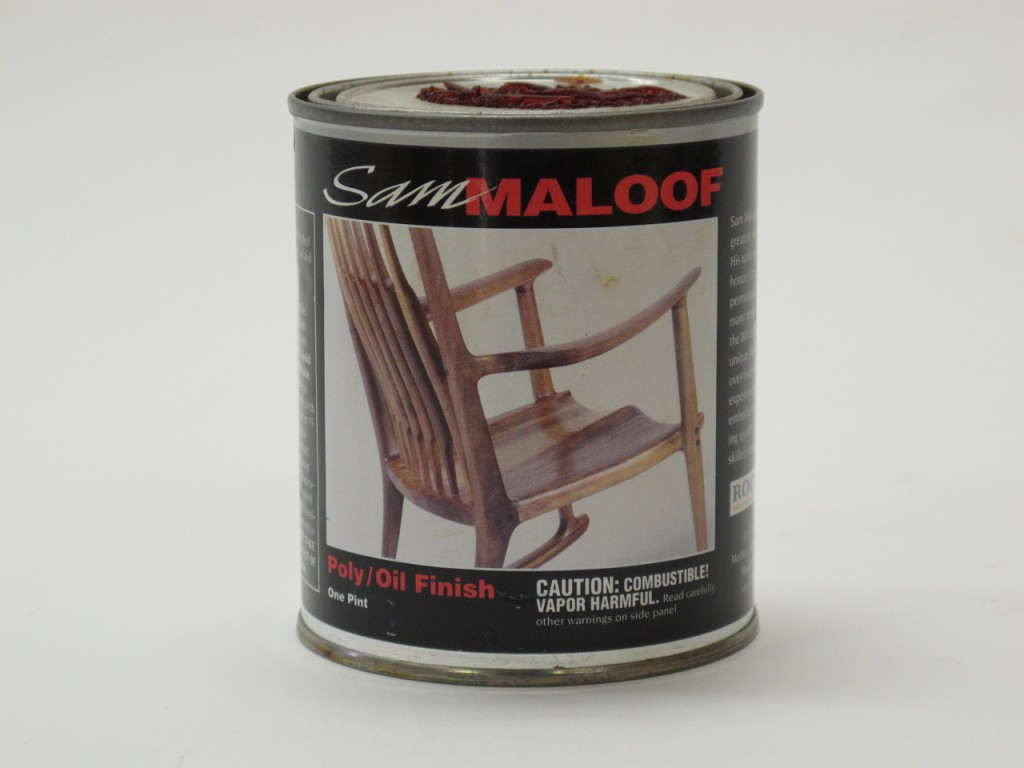We may receive a commission when you use our affiliate links. However, this does not impact our recommendations.
I just finished reading an article on filling pores, and it reminded me of several things I’ve been meaning to say.
First, filling pores is primarily a refinishing operation because so much of the old factory-made and finished furniture is mahogany with filled pores. To reproduce the original look, a refinisher has to fill the pores.
But mahogany isn’t used all that much by woodworkers today making one-of-a-kind furniture, and even in cases where mahogany is used, styles don’t dictate the filled-pore look so much as they used to. I would imagine that most of today’s woodworkers could go through an entire career without ever coming across a need to fill the pores on furniture they’ve made.
Second, I’ve long observed that almost all the people writing about finishing are, or were, refinishers. For example, I believe that all the finishing books published in the last quarter century were written by refinishers.
I think there’s a reason for this. Refinishers are faced with infinite looks they are trying to reproduce, so they have to master (if they’re good, anyway) all the finishing techniques available to achieve these looks. Woodworkers making new furniture (or cabinets) can choose the look they want and can avoid operations they don’t know how to do, or don’t want to do.
This filling-pore article is in the current issue of Fine Woodworking. Also in this issue is a reprint of an article originally written in 1983 by Sam Maloof in which he details how he makes his iconic rocking chair. This, together with a question I received recently, reminded me of the problem with Sam’s finish. Even though he revealed decades ago what he used, and Rockler sells it as Sam Maloof Poly/Oil Finish, we really don’t know what Sam actually used.
Sam said he used one part linseed oil, one part tung oil and one part varnish or polyurethane. The problem, which you realize right away if you’ve been reading my writings for a while, is that we don’t know if the tung oil he was using was really tung oil, or if it was varnish thinned about half with paint thinner (wiping varnish) falsely labeled “tung oil.”
Nor, I would imagine, does (or did) Rockler know.
Nor, I would imagine, did Sam know. If he switched brands over the many decades he was active, I could easily believe that he used both. Most of the “tung oils” on the market, then and now, are wiping varnish.
The difference wouldn’t be huge, but there is a difference. If he used 100% tung oil, his formula would be two parts oil and one part varnish. If he used varnish thinned with paint thinner, his formula would be one part oil, one-and-a-half parts varnish and one-half part thinner. Both contain a lot of oil, so all the excess would have to be wiped off with each coat to prevent a gummy result.
It just goes to show the complexities in finishing. Even when we think we know the “secret” formulas, we often don’t.
— Bob Flexner
Editor’s note – You’ll find all of Bob’s books in our store: “Flexner on Finishing” and “Wood Finishing 101.”
Here are some supplies and tools we find essential in our everyday work around the shop. We may receive a commission from sales referred by our links; however, we have carefully selected these products for their usefulness and quality.











Bob,
This is a timely article for me. I’m just completing a mahogany tall case clock and it was suggested that I needed to fill the pores prior to finishing. That struck me as an unnecessary procedure. Your article serves as reinforcement!
You are a great addition to PWW and I look forward to all of your writings.
Jerry Olson